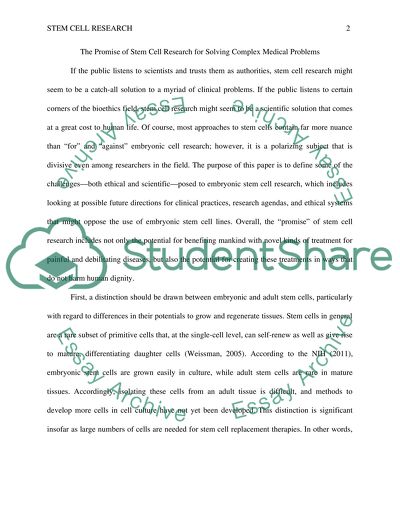Cite this document
(“The Promise of Stem Cell Research for Solving Complex Medical Problems Paper”, n.d.)
Retrieved from https://studentshare.org/biology/1394276-the-promise-of-stem-cell-research-for-solving-complex-medical-problems
Retrieved from https://studentshare.org/biology/1394276-the-promise-of-stem-cell-research-for-solving-complex-medical-problems
(The Promise of Stem Cell Research for Solving Complex Medical Problems Paper)
https://studentshare.org/biology/1394276-the-promise-of-stem-cell-research-for-solving-complex-medical-problems.
https://studentshare.org/biology/1394276-the-promise-of-stem-cell-research-for-solving-complex-medical-problems.
“The Promise of Stem Cell Research for Solving Complex Medical Problems Paper”, n.d. https://studentshare.org/biology/1394276-the-promise-of-stem-cell-research-for-solving-complex-medical-problems.


